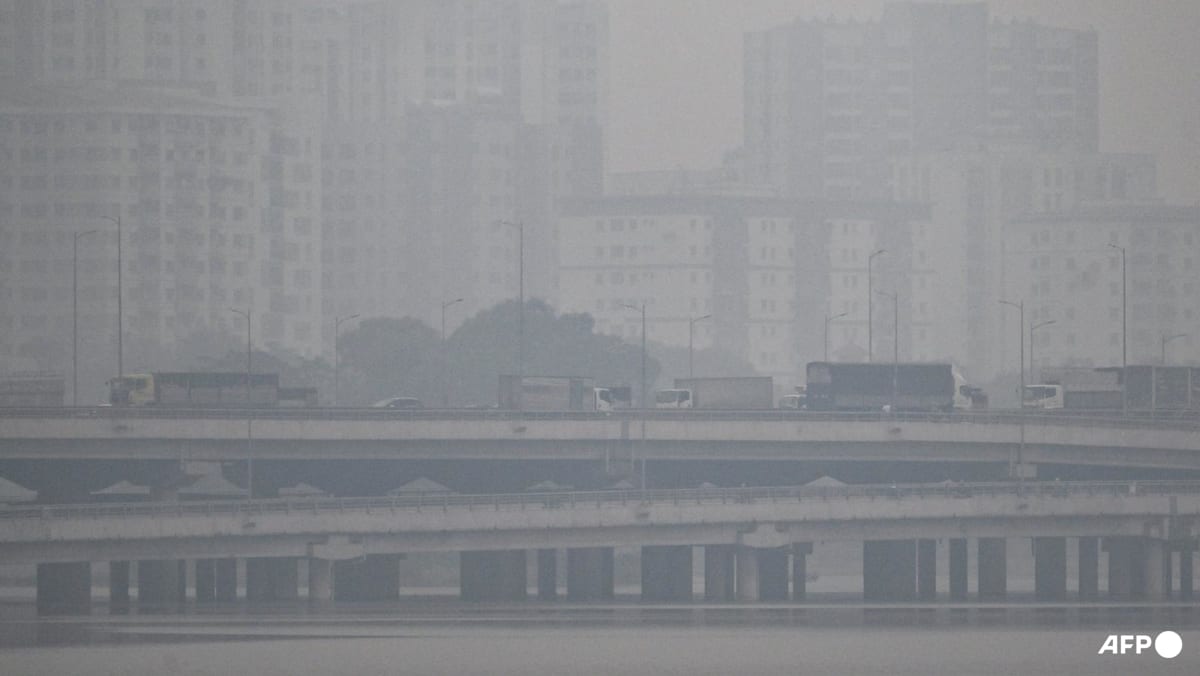Explainer: What caused the record rainfall in Beijing and northern China?

BEIJING: Extreme rain battered Beijing, Tianjin and the province of Hebei in the wake of Typhoon Doksuri in late July, causing widespread flooding and damage in a region the size of Britain.
The storms, which have killed at least 20 people and led to the displacement of hundreds of thousands of residents, were the worst to hit China in over a decade, with Beijing experiencing its heaviest rainfall in 140 years.
HOW SEVERE WAS THE RAINFALL?
The amount of rainfall since Saturday has breached many local meteorological records.
A reservoir in Beijing’s Changping district logged a precipitation reading of 744.8mm between Saturday (Jul 29) and Wednesday (Aug 2), the most in the city in over 140 years and far exceeding the previous record of 609mm set in 1891.
The persistent downpour prompted Beijing to use a flood storage reservoir for the first time since its establishment 25 years ago to divert floodwater.
In Hebei, one local weather station recorded 1,003mm of rain for a three-day period from Saturday to Monday, an amount normally seen over half a year.
HOW DID THE EXTREME RAIN HAPPEN?
Besides the remnants of Doksuri, warm and humid air-flows and water vapour brought by Typhoon Khanun slowly moving in the Western Pacific created the conditions for the heavy rains, according to Chinese meteorologists.
Source: CNA















